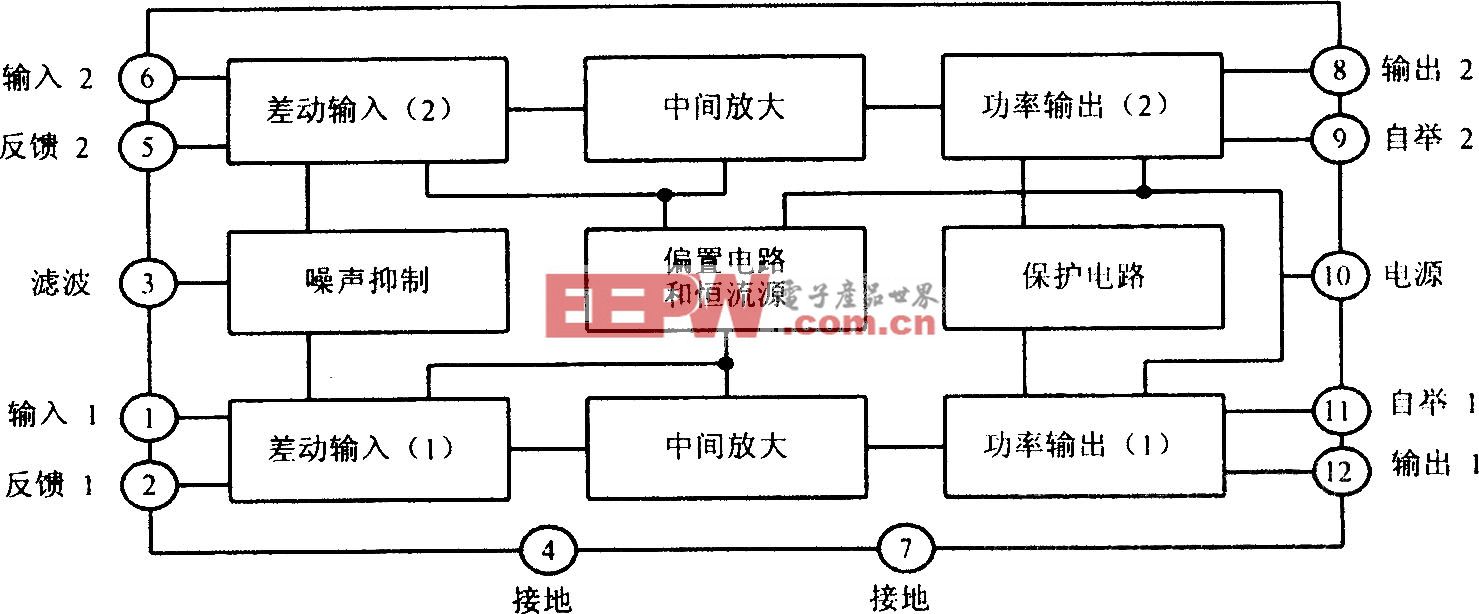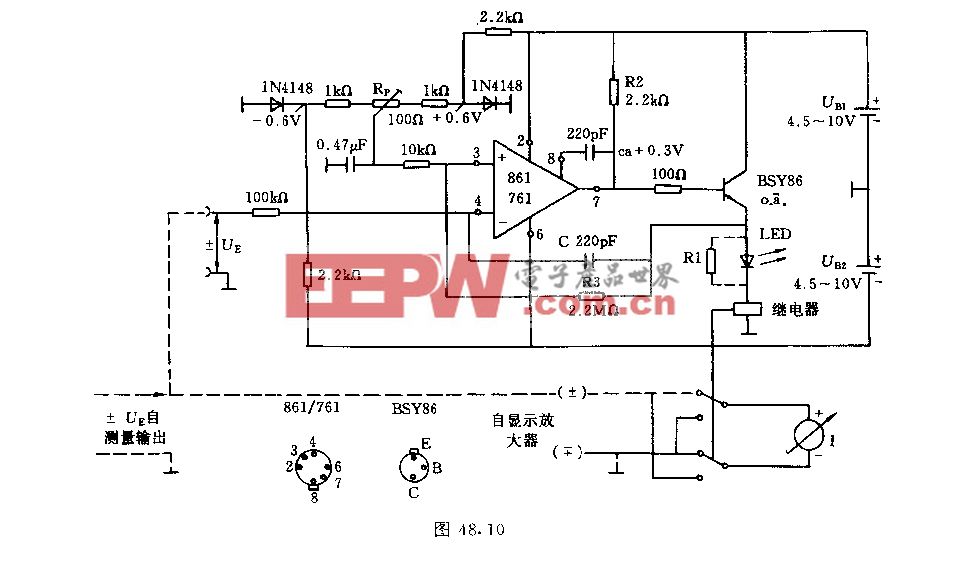FDTD参数选择程序
本文引用地址: //m.amcfsurvey.com/article/149079.htm
% temporal discretization for the source pulse, such that no frequency components
% present in the pulse are aliased.
%
% Syntax: [dx,wlmin,fmax] = finddx(epmax,mumax,srcpulse,t,thres)
%
% where dxmax = maximum spatial discretization possible (m)
% wlmin = minimum wavelength in the model (m)
% fmax = maximum frequency contained in source pulse (Hz)
% epmax = maximum relative dielectric permittivity in grid
% mumax = maximum relative magnetic permeability in grid
% srcpulse = source pulse forFDTDsimulation
% t = associated time vector (s)
% thres = threshold to determine maximum frequency in source pulse
% (default = 0.02)
%
% by James Irving
% July 2005
if nargin==4; thres=0.02; end
% convert relative permittivity and permeability to true values
mu0 = 1.2566370614e-6;
ep0 = 8.8541878176e-12;
epmax = epmax*ep0;
mumax = mumax*mu0;
% compute amplitude spectrum of source pulse and corresponding frequency vector
n = 2^nextpow2(length(srcpulse));
W = abs(fftshift(fft(srcpulse,n)));
W = W./max(W);
fn = 0.5/(t(2)-t(1));
df = 2.*fn/n;
f = -fn:df:fn-df;
W = W(n/2+1:end);
f = f(n/2+1:end);
% determine the maximum allowable spatial disretization
% (5 grid points per minimum wavelength are needed to avoid dispersion)
fmax = f(max(find(W>=thres)));
wlmin = 1/(fmax*sqrt(epmax*mumax));
dxmax = wlmin/5;
子函数3
function [excitation]=gprmaxso(type,amp,freq,dt,total_time);
% GPRMAXSO Computes the excitation function used in 'GprMax2D/3D'
% simulators for ground probing radar.
%
% [excitation] = gprmaxso('source_type',Amplitude,frequency,Time_step,Time_window)
% source_type can be 'cont_sine', 'gaussian', 'ricker'
% Amplitude is the amplitude of the source
% frequency is the frequency of the source in Hz
% Time_step is the time step in seconds
% Time_window is the total simulated time in seconds
%
% excitation is a vector which contains the excitation function.
% If you type plot(excitation) Matlab will plot it.
% You can use the signal processing capabilities of Matlab
% to get a Spectrum etc.
%
% Copyright: Antonis Giannopoulos, 2002 This file can be distributed freely.
RAMPD=0.25;
if(nargin 5)
error('GPRMAXSO requires all five arguments ');
end;
if(isstr(type)~=1)
error('First argument should be a source type');
end;
if(freq==0)
error(['Frequency is zero']);
end;
iter=total_time/dt;
time=0;
if(strcmp(type,'ricker')==1)
rickth=2.0*pi*pi*freq*freq;
rickper=1.0/freq;
ricksc=sqrt(exp(1.0)/(2.0*rickth));
i=1;
while(time=total_time)
delay=(time-rickper);
temp=exp(-rickth*delay*delay);
excitation(i)=ricksc*temp*(-2.0)*rickth*delay;
time=time+dt;
i=i+1;
end;
end;
if(strcmp(type,'gaussian')==1)
rickper=1.0/freq;
rickth=2.0*pi*pi*freq*freq;
i=1;
while(time=total_time)













评论